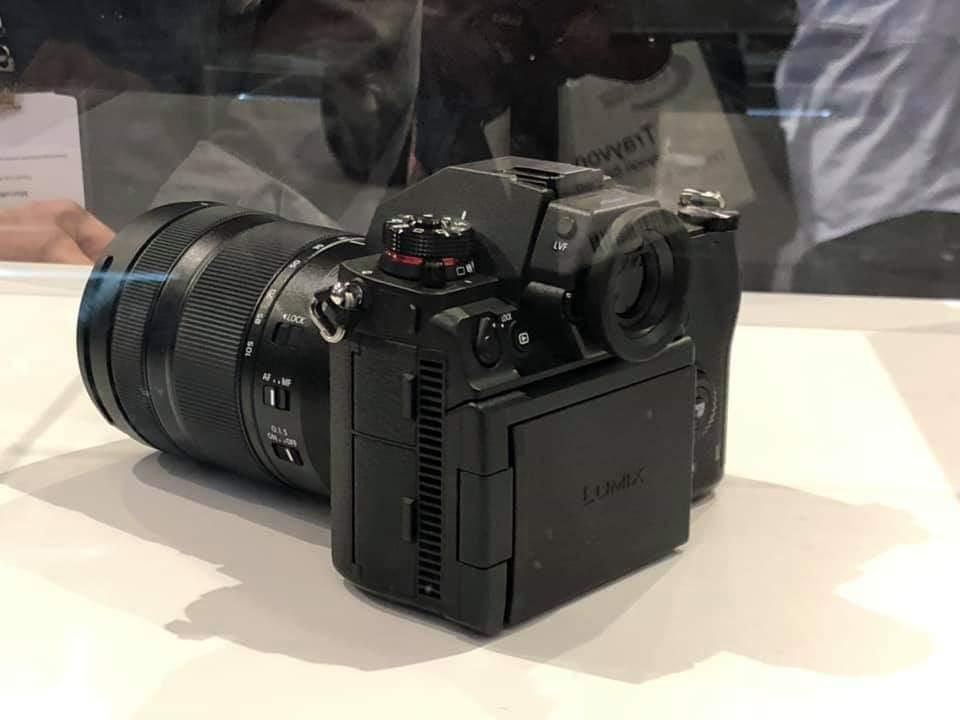Knorp
Well-known member
At first I found it hard to believe this to be actually true. But indeed recent firmware upgrades did lift some if not all of the incompatibility issues.Its an old story before the firmware update was released for Leica cameras. The L-Mount lens protocol was changed/updated when the other members were added. This even Panasonic lenses didn’t work on the Leica L-Mount cameras until the first week of April a few days after the story was published.
“Everyone” like to believe theres a grand conspiracy regarding a couple companies - namely Leica and Sony. Sometimes there are business decisions to be made and sometimes there are just other directions that a business may choose to go. All that being said - it’s reasonable to believe there will be some functionality lost by adapting lenses. They after all aren’t native L-Mount lenses. Not saying this is the case but that’s the risk of adapting - you’ll lose communication between the camera and lens, EXIF (in most cases), and possibly functions like continuous AF.
But I can imagine Canon lenses not working via an adapter on an L-mount camera ...
Anyway, I still have faith in this alliance.

